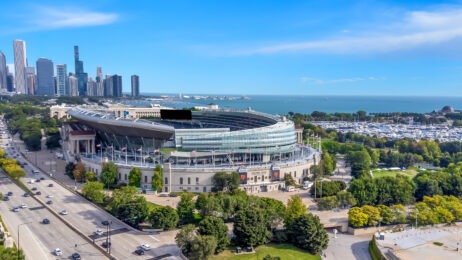What air travelers need to know about being compliant by October
The line to board a flight starts even before passengers arrive at the airport. It begins at your local Department of Motor Vehicles (or wherever you get a driver’s license in your state). Take a number and bring your patience, because it could take a while. Many Americans are encountering longer-than-ever queues to get a new Real ID driver’s license.
Speaking on behalf of New York State’s Association of County Clerks, Columbia County Clerk Holly Tanner told Newsday that DMV offices in her jurisdiction have seen a 20–30 percent increase in traffic as citizens realize the clock is ticking for them to get updated versions of their license, designed to comply with new Department of Homeland Security regulations for enhanced security features. These updated licenses will be the only state-issued versions allowed through TSA checkpoints.
Legislation Gets Real
Congress passed the Real ID Act in 2005 after the 9/11 Commission recommended that the federal government “set standards for the issuance of sources of identification, such as driver’s licenses.” The law sets minimum security standards that each individual state must comply with. The Real ID allows cardholders to access federal facilities and military bases, enter nuclear power plants and board commercial aircraft domestically. It has been introduced and enforced in phases. All states were required to be in compliance by January, with the exception of a few states, such as California, which was granted an extension. All states must comply by October 1, 2020.
Travelers opting not to carry a Real ID will instead need to present a U.S. passport, a passport card or a military ID to pass through TSA checkpoints. Regular IDs will still be accepted to drive a motor vehicle, apply for or receive federal benefits, enter a federal facility that is open to the public (such as a post office), visit a hospital, receive life-saving medical care, participate in law enforcement proceedings and investigations, and vote.
Real IDs feature a logo on the top right corner to distinguish them from traditional licenses. Moving forward, non-compliant licenses will read “Federal Limits Apply” in the top right corner.
“Golden tickets” aren’t only found in Wonka Bars. Five states—Michigan, Minnesota, New York, Vermont and Washington—currently offer their residents the option of getting an “enhanced license” that is accepted under the Western Hemisphere Travel Initiative. This not only serves as a Real ID, but it also allows the carriers to re-enter the United States from Canada, Mexico and some Caribbean countries by land or sea. However, those foreign countries may still require American citizens and residents to present a U.S. passport.
No Need to Sprint
The cut-off is still two years away, so no need to rush to the DMV just yet. Current licenses still work at the airport. If your license is up for renewal before 2020, you can wait it out until you’re due for a new license anyway. Look closely at the renewal notice you receive in the mail for further instructions. Real IDs will only be issued in-person at the DMV: It cannot be done through the mail or online.
The price of a Real ID is the same as a regular license, however, there may be an up-charge for an enhanced license. Prices and specifications vary by state.
Checklist: What to Bring to the DMV
You’ll be required to prove your identity as if you never had a driver’s license before. Requirements may vary slightly by state, but will likely include the following.
- Proof of identity (e.g., U.S. birth certificate, U.S. passport, employment authorization document, permanent resident card or foreign passport)
- Proof of Social Security number
- State residency document (e.g., lease, mortgage, utility bill, medical document or school document)
- Original or certified copy of name-change document (e.g., marriage certificate or divorce decree)
- Some forms may be available online for you to print and fill out ahead of time so you have less paperwork to do at the DMV. Check your state’s DMV website.
‘Get My Best Angle’
Many people are embarrassed by their driver’s license photo whenever they have to whip out their ID. In California, Senator Josh Newman (D-Fullerton) came up with a solution that was passed by the state senate in May. If it becomes law, the bill will allow drivers to pose for up to three pictures and choose their favorite shot. The catch is that each additional photo would cost $5. These funds would go towards driver’s education in public schools.




